Flute is the world’s oldest musical instrument used by ancient civilizations like the Sumerians, Egyptians, and Greeks. Initially, it needed to be better furnished and was played by blowing the front sector and engaging fingers with a few embouchure holes. Still, innovative ideas have made it one of the most popular instruments worldwide. The flute is particularly popular in folk music.
There are different types of flutes, like the Western concert flute, Piccolo, Alto flute, Bass flute, Bansuri, and Dizi, each with its unique characteristics and tone. Flutes have been used for centuries and have evolved in structure and style.
In this article, we will explore seven types of flute and their uses and answer some common questions about these captivating instruments.
7 Types Of Flute and Their Uses
1. Western Concert Flute
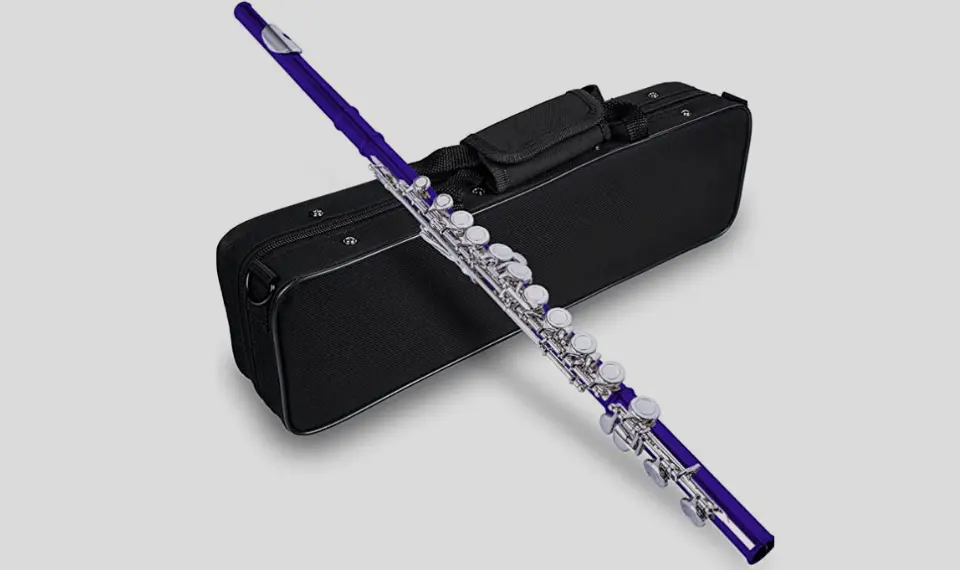
This is one of the most admired flutes among all types of flutes, often used in orchestral and chamber music. This transverse flute is made of metal, and the body is covered with silver color on it. It has a range of three octaves. The music from this flute is soothing, played by leaning on the keys and blowing the front side of itself. The concert flute is a superb choice for beginners and unequivocally an instrument of choice for professionals.
2. Piccolo
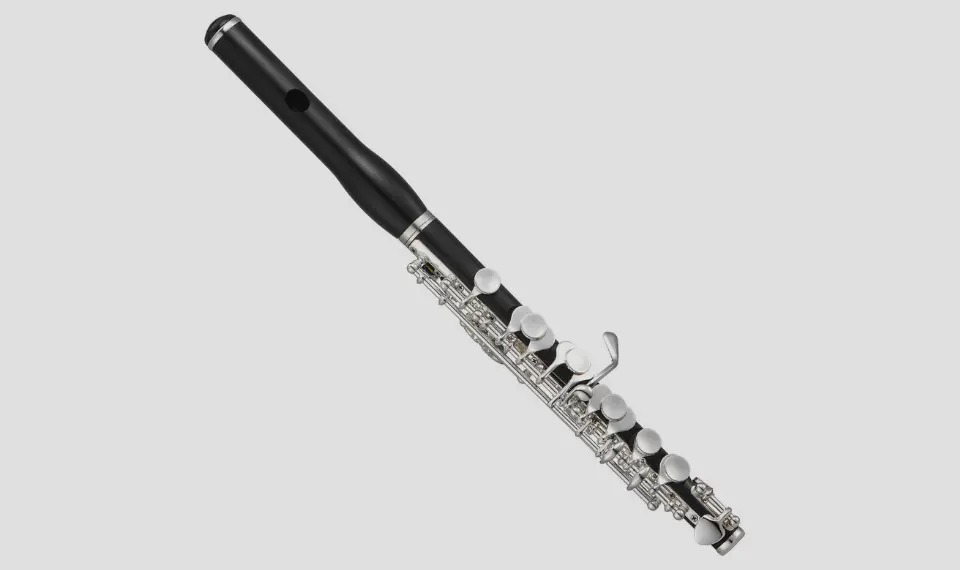
There are many kinds of flute, but the piccolo is the tiniest and shortest. It cannot be compared to the concert flute because it is faster. The piccolo is known to military families. Besides being developed in the eighteenth century, it shares a similar history with the flute. For orchestral works, these flutes are used by composers. They first used it to extend the range of the flute. For the larger scale of melody, the composers use piccolo flutes as it is used for the large scale, so it must have a high-pitched volume.
Usually, it is challenging to play piccolo rather than using the other flutes because of its tinner and tightest key buttons. Of its higher wavelength, it takes work to play. But all over, we must say it’s marvelous.
3. Alto flute
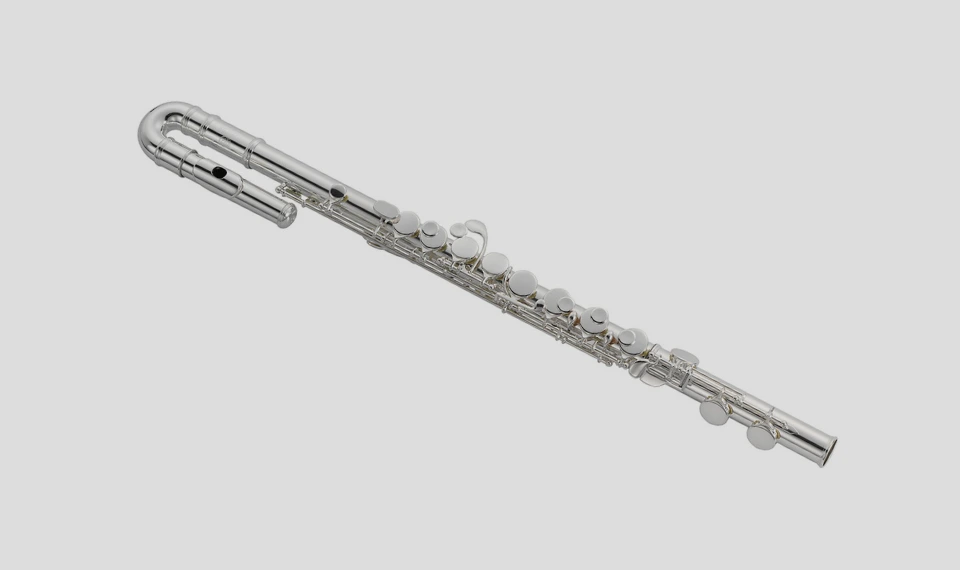
The alto flute sounds sweet when you play at its lower pitch. This flute has a more expansive and giant body, which helps it sound nicer at a lower pitch. While you play its lower angle, it sounds lively. Though these flutes sound lively, you need the best lunge power to perform them. It sounds nicer to play when you compare it with the modern flutes. Although it delivers powerful tones, it still needs more speed comparatively.
4. Bass flute
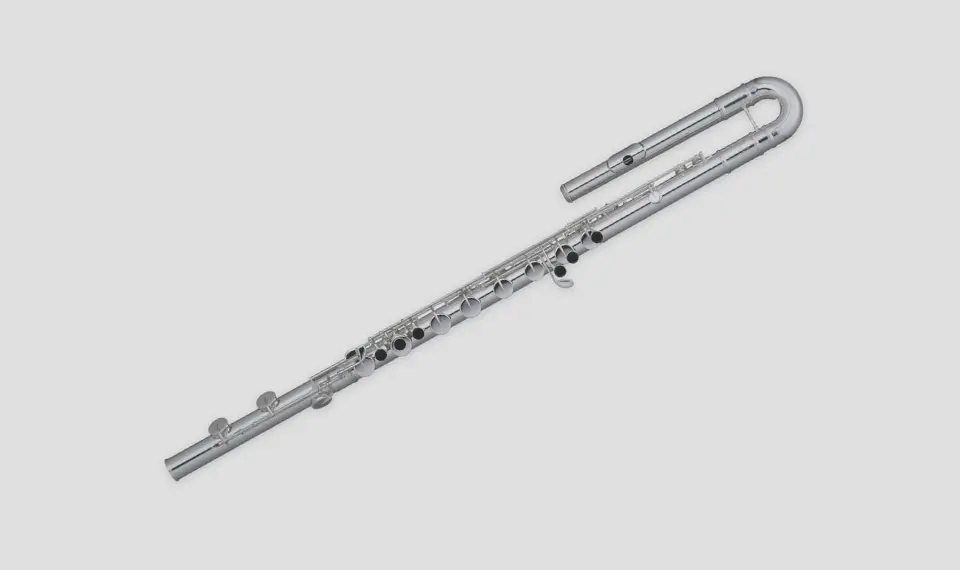
To play this flute, bass flute is the least popular. Despite being one of favor, the bass flute produces the maximum sound of octaves and is not comparable with other flutes. It’s also challenging to play because of its large size. Bass flute sizes also fluctuate to some degree, whereby you can find some with 50-inch lengths, and the longest is about 60 inches. It has a brace hanging on your thigh while you perform it. The mount also gives support when you’re shifting this weighty instrument.
It’s the least popular among the other flutes because of its length and weight, which can be described as unbearable. The bass flute is occasionally played in a flute ensemble or orchestral performances.
5. Bansuri
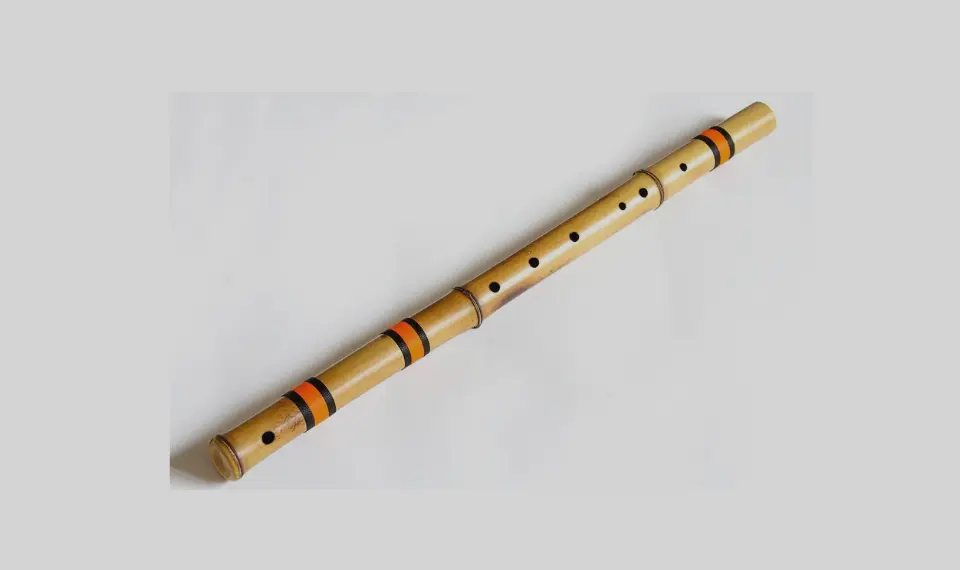
The famous high transverse flute is manufactured in India and consists of a single piece of bamboo with six or seven open embouchure holes.
It is a musical instrument associated with herders and pastoral tradition.
The bansuri, with 14 inches (35. 56 cm) as a specific measure (there are bansuris of approx. 60 cm), was habitually used as a soprano instrument, mainly as accompaniment in light compositions, including film music.
Although it was later used in Indian classical and folk music, many composers made the best implement in the modern century and got the output. For example, this flute is used in electro-folk music in this aura.
6. Dizi
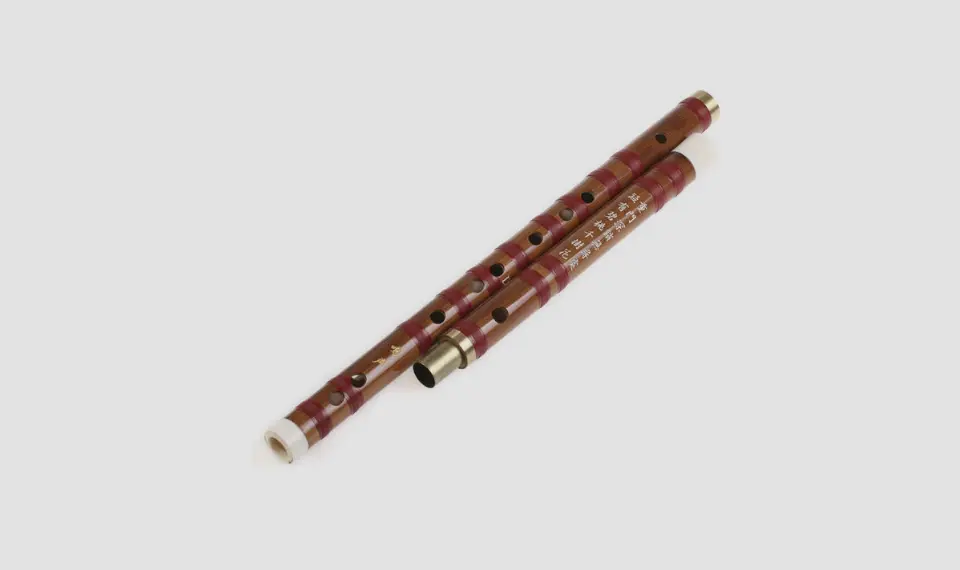
The origin of this flute is China, and this flute of bamboo. It has been used in the traditional program of Chinese diversity. It has a range of two octaves. This flute is played by blowing the front side of the hole and covering and uncovering the other spots as it sounds well.
7. Wooden Flute
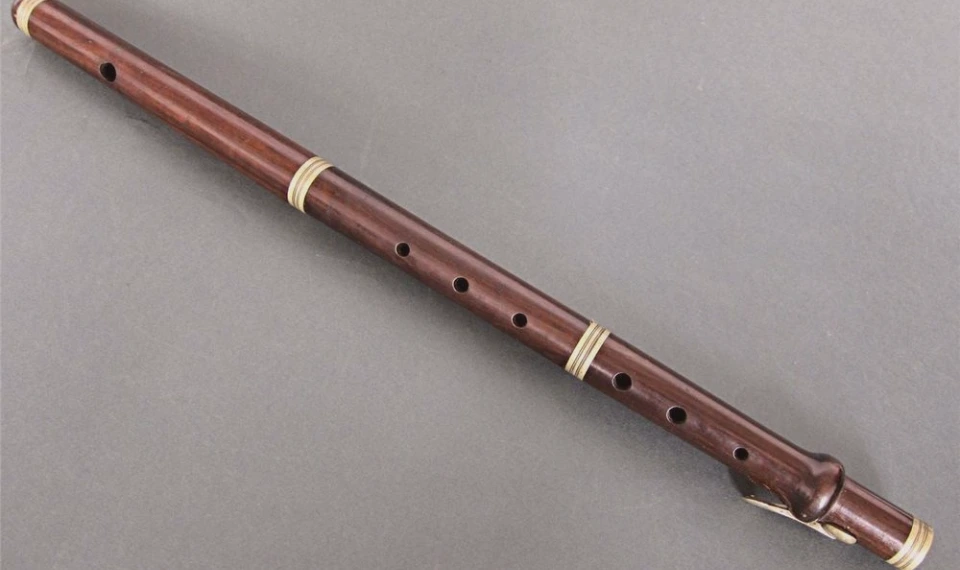
The Wooden Flute is a traditional flute made from wood and often carved from one piece of wood. It’s known for its earthy and mellow sound, perfect for solo performance or adding a unique touch to any ensemble. The wooden flute has been used in various traditional cultures around the world.
Wooden flutes have a rich and warm tone that can’t be replicated with metal instruments. They also tend to have fewer keys than metal flutes, allowing players to focus on their playing techniques instead of worrying about key signatures or additional notes.
The length of the wooden flute varies depending on the type, but typically measures between 14-17 inches (35-43 cm). It’s lightweight and easy to transport, making it ideal for performing in small spaces.
How Many Types Of Flutes Are There?
Have you ever wondered how many types of flutes there are? It turns out, there is a wide variety of flutes available to suit different playing styles and genres. From concert flutes to folk flutes, here is a brief overview of the different types of flutes you can find.
The most common type of flute is the concert flute which is typically used in classical and modern orchestras. These have a metal body with keys that allow for greater expressiveness and dynamics compared to earlier wooden versions.
In addition to the concert flute, there are several other types of specialty flutes, such as bass and alto flutes, piccolos, and contrabass or octobass flutes. Folk instruments such as pan pipes, quena (a traditional South American instrument), Native American Flutes, and Irish Flutes are popular for those looking for a beautiful sound.
Finally, electronic wind instruments (EWIs) are a relatively new type of digital synthesizer that can mimic sounds from any type of woodwind instrument, including the traditional acoustic flute. In recent years they have become increasingly popular due to their portability and ability to produce unique tones not found on other instruments.
No matter what type of music you are into or what style you’re playing, there is sure to be a type of flute perfectly suited to your needs!
A Brief History of the Flute
The flute has been an integral part of music for centuries, and its history dates back to Ancient Sumerian, Egyptian and Greek times. Back in the Middle Ages and Renaissance periods, people used to craft simple wooden flutes with six military and folk music holes.
The first true transverse flute was developed in France during the 17th century, featuring a metal body with a range of keys that allowed greater expressiveness and dynamics than earlier versions. Over the next few centuries, several different types of flutes were developed, including the modern concert flutes, which are widely used today.
In addition to traditional orchestral settings, flutes have become popular instruments in many modern music genres, such as jazz, rock, pop, and world music. They continue to be favored by musicians worldwide due to their versatility and ability to produce a wide range of expressive tones.
No matter what style you are playing or what type of flute you are using, one thing is certain: there is nothing quite like the sound of a well-played flute!
You may also like: Dreadnought vs. Concert Guitars
Conclusion
Flutes are fascinating material all over the world. It’s becoming famous daily since this instrument has a soothing melody to cover the music more soothingly. It has played a vital role in music from ancient times to today. It brings joy and can fix broken souls as well. So, we better make the best use of it.


